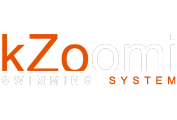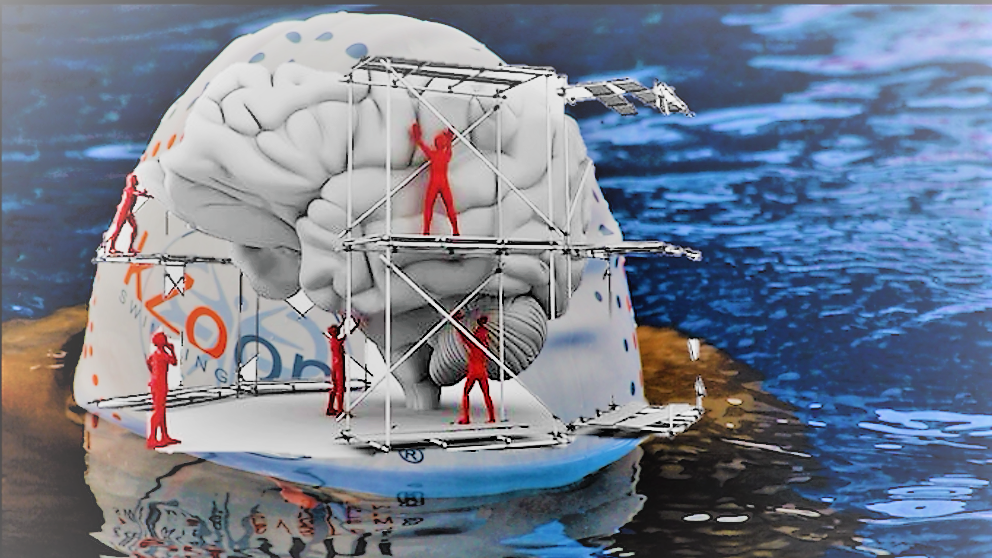Necessary references
Necessary references for control during swimming…
Executing aquatic actions close to the biomechanically acceptable standards or to the best swimmers’ level, needs, except for some special cases, to know, internalize and plan the most appropriate execution, and for this, the complex work of the swimmer needs references or supports that guide them to it.
Sensory information needed in this medium is basic, mainly because all the senses are restrained in their capacities. Visual, auditory, respiratory, vestibular, tactile and proprioceptive capacities all are limited and due to this, each athlete looks for their own schemes to feel that they support and advance. When sensory sources are non-existent or minimized, we have problems interpreting and planning the answers we must give. In many occasions, athletes with good physical or mental abilities stop giving their best because they do not have high motor skills or adapted to their structural or muscular characteristics. Not long ago, we could see how many swimmers dangerously approached to the best by using polyurethane or neoprene swimsuits that modified their positions during competitions. Clearly, they improved their performances because of the effects caused by flotation and section changes in their structure and supports.
Fortunately, such aid disappeared, and we had to come up with something else to optimize our athletes’ performance.
One of the strategies used by our Brain to optimize its motor actions and take advantage of the energy it spends in posture adjustments is the Anticipatory or Antegrade and Compensating or Retrograde response. We must also consider this general brain mechanism that we use for everyday actions during our learning and execution in each training
"The best way to ensure a high technical performance in competition is to always do the same in each training."
Our brain sends Action potentials prior to the action to be executed, if it knows what is coming. In our sport, for being subjected to totally unnatural actions for us, one of the aspects to take into account is to promote, during the training and with proactive materials help, that neural information path that prepares the more auspicious actions. As an example, we can take the first time we use a treadmill to run. Our brain had to do a general correction action, or Compensating / Retrograde response, to avoid falling and to be able to run properly. The linear acceleration that had to endure needed a readjustment to advance the center of gravity and maintain balance. In aquatic movements, not adjusting the grips and postures, makes us slower by maximizing the frontal resistances and minimizing the propulsive supports.
During trainings which combine proactive materials, these Compensating or Retrograde responses are installed, and the athlete assumes the execution of this swimming form as something natural, going from a conservative and easy style to a dynamic and efficient one, executing automatic movements and Anticipatory responses. During first days of introduction, the readjustments are necessary, and swimmers’ responses are uneven, having to assume both coach and athlete, a brief period of conditioning, both physical and motor. Muscular, articular and sinewy tensions suffer readjustments that need time to enter a new comfort zone. The ignorance of a different swimming form can catch some swimmers off guard, while provoking, in a greater or lesser extent, an imbalance of previous equilibrium. One way to reward and reinforce these moments of confusion would be the training timing control, just after the combined use of proactive materials. Good results are always experienced.
J. Bonal Pedrón




